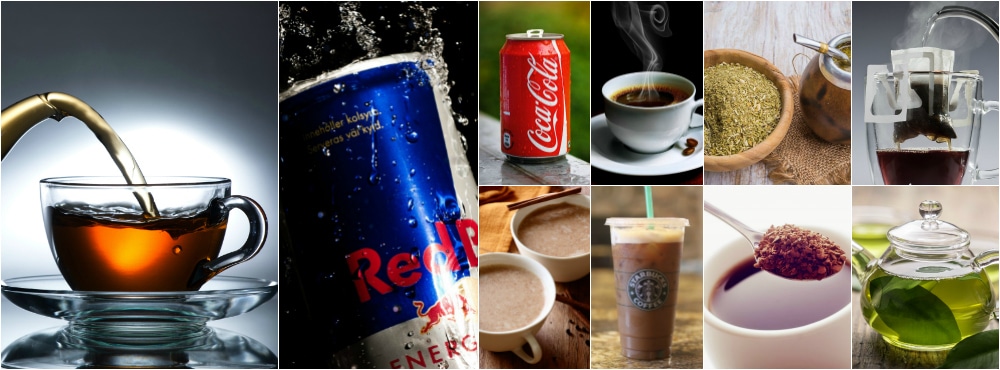


For example, you get 33 mg of caffeine in a 12 oz Coke can. There are numerous fruit-flavored beverages and soda drinks that include caffeine. Usually, the amount is a lot less than in a cup of coffee of a similar size. Varying caffeine content is present in tea. Besides coffee, the popular caffeine sources are: Tea However, there are many other beverages and foods that have high caffeine content. 395 mg of caffeine for the 24-ounce cupįor most people, coffee is the highest caffeine source in their diet.300 mg of caffeine for the 20-ounce cup.210 mg of caffeine for the 16-ounce cup.150 mg of caffeine for the 10-ounce cup.When you buy a cup from Dunkin’, you can expect: However, the coffee you buy from Starbucks is stronger. 180 mg of caffeine for the 21-ounce cupĭunkin’ Donuts needs to be mentioned because it markets its coffee as the strongest in the world.145 mg of caffeine for the 16-ounce cup.109 mg of caffeine for the 12-ounce cup.This is why we can only offer the following estimates: The fast-food restaurant chain does not standardize the caffeine amount in coffee. With this in mind, it should be no surprise to see that caffeine content is lower than Starbucks coffee. The coffee you get from McDonald’s is often just an on-the-go option that is cheap. 410 mg of caffeine for the 20-ounce cup.310 mg of caffeine for the 16-ounce cup.235 mg of caffeine for the 12-ounce cup.When you buy brewed coffee from Starbucks, you can expect: This is, in part, because Starbucks coffee has more caffeine than regular home-brewed coffee. Here are some examples for brewed coffee: StarbucksĬoffee from Starbucks is appreciated all around the world. The caffeine content in the coffee you get from large chains varies more than you might think because the type of coffee they use differs from chain to chain. Around 62 mg of caffeine is present in an 8 oz cup of instant coffee. Usually, the caffeine content of instant coffee is lower than that of freshly brewed coffee. When you make instant coffee, you have to mix instant coffee granules or powder with hot water. If you want to drink cold brew, you can expect between 153 and 238 mg for a cup of 12 oz. The amount of caffeine also differs from iced coffee that is typically made with brewed coffee. While most people believe cold brew is the same as iced coffee, in reality, cold brew involves steeping coffee grounds in water that is kept at room temperature for a long period of time, sometimes up to 24 hours. However, for a cup of 8 oz, you only get around 2 mg of caffeine, which is a lot less than with other caffeinated options. Decaffeinated Brewed CoffeeĬontrary to popular belief, decaffeinated coffee (commonly referred to as decaf) still contains some caffeine. On average, an espresso shot contains 63 milligrams of caffeine. The serving size for espresso is smaller than that of brewed coffee, in part because of the high amount of caffeine. To make an espresso, you need an espresso machine or a stovetop moka pot. Espresso is made by forcing hot steam and water through fine coffee grounds. Pretty much everyone knows that espresso is a very strong coffee. With brewed coffee, you can expect 95 mg of caffeine for an 8 oz cup of coffee. You can make brewed coffee in various ways, like with a French press or a percolator, but the most common method is using a coffee filter. Usually, the mixture sits in a metal, plastic, or paper filter so that grounds can remain separated from brewed coffee. This type of coffee involves brewing the ground coffee beans in hot water. Below, we highlighted the caffeine per cup content for the most popular coffee drinks. The amount of caffeine also varies based on the coffee type.


 0 kommentar(er)
0 kommentar(er)
